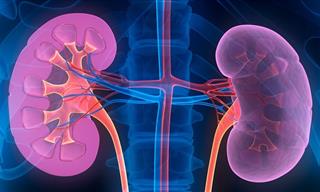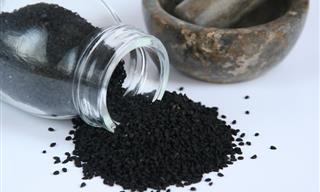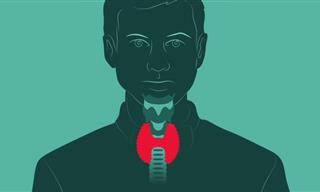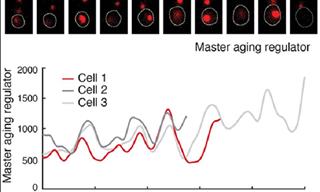Visceral vs Subcutaneous Fat
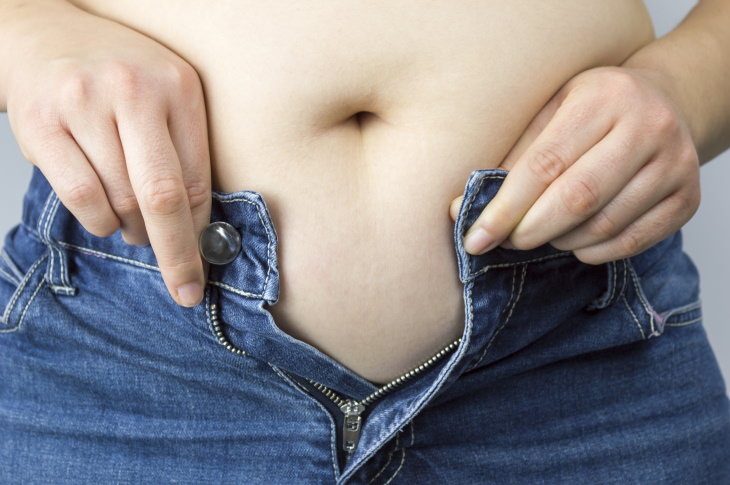
Let’s start by stating one possibly obvious but very important point - having some amount of fat in your body isn’t just normal, it’s necessary, healthy, and ensures a balanced appearance. It’s only when the amount of fat in your body starts being excessive that it becomes a health hazard, and there are objective ways to tell if a person is or isn’t overweight, for specifics see our article Are You Overweight? This is the Right Way to Tell! However, there’s more to be said about the fat an adult’s body can accumulate, and it turns out that there are two major types of fat - visceral and subcutaneous - and they couldn’t be more different.
- Subcutaneous fat is the fat stored beneath the skin - the term itself can be translated as under the skin from Latin, with sub- meaning under and cutis referring to the skin. Subcutaneous fat is the visible jiggly and soft fat that can be pinched with your arm, like the fat on your sides or underneath your arms. It’s more common in the lower part of the body and the distribution of this type of fat depends on your genetics. In some cases, subcutaneous fat is even beneficial for the body, but it is also the kind of fat we would associate with excess weight and often want to get rid of.
- Visceral fat, on the other hand, cannot be seen with the naked eye, and it’s the kind of fat that develops between the internal organs. This type of fat surrounds the intestines, stomach, liver, and other organs, and normally, it cushions the organs and enables the proper distribution of the internal organs in the abdominal cavity. However, when this type of fat starts to develop and grow in excess, it can be quite dangerous. The most telling sign of excessive visceral fat is the presence of a potbelly, especially if someone is generally not overweight and has a relatively large round belly.
The Health Risks of Visceral and Subcutaneous Fat
When it comes to negative health effects, visceral fat is really doing all the damage. In fact, those who have a high percentage of visceral fat have a higher mortality rate statistically speaking, especially in men. Since it is located deep within the abdomen, it can hinder and affect different organs and lead to many dangerous symptoms and conditions, namely:

- Cancer - obesity and excessive abdominal fat, in particular, has been shown to increase one’s risk of developing cancer in such organs as the kidneys, pancreas, colon, and breast cancer.
- Dementia - excessive visceral fat makes inflammation in the body skyrocket, which is how it may affect all of our organs, even the brain. It has been shown in one study, for example, that those with the highest abdominal fat percentage were 3 times more likely to develop dementia than those with the lowest ones.
- Diabetes - the link between excess visceral fat and insulin resistance is widely known. It has also long been observed that an apple-shaped body with a potbelly (i.e. visceral fat) has a higher risk of developing acquired type 2 diabetes.
- Hypertension and Heart Disease - scientists have observed that visceral fat makes the body produce chemicals called cytokines, which are known to increase the risk of cardiovascular disease, increase blood clotting, and raise the levels of inflammation in the body. As a result, people with more abdominal fat are a lot more likely to suffer from heart disease and hypertension.
Subcutaneous fat, on the other hand, is largely harmless to your physical health, and sometimes it may even be healthy. More specifically, it seems like subcutaneous fat in people who also have a lot of visceral fat may even protect them from disease. According to a 2015 study, for example, participants with a lot of visceral fat were more likely to die when they had relatively little subcutaneous fat. So, that visible fat may actually be beneficial at protecting the body from the negative effects of the real hidden danger - abdominal fat.
In addition, the presence of subcutaneous fat is actually associated with better cardiovascular health and a lower risk of diabetes, the opposite of visceral fat. Studies have observed that those with more subcutaneous fat had healthier arteries and those with more thigh fat, in particular, had a lower risk of diabetes. A higher percentage of visceral fat had the opposite effect.
That said, we must also consider the effects of subcutaneous fat on our mental health and self-esteem, so there is still a need to address and get rid of excessive skin fat, even if there is no need to do so, medically speaking. After all, it’s just as important to reduce the stress and negative emotions for our long-term health and wellbeing as is taking care of our physical health, even if the issue is literally just skin deep.
Related Article: The 5 Types of Belly Fat Not Caused By Overeating
How to Lose Subcutaneous and Visceral Fat

The good news is - it’s possible to lose both subcutaneous and visceral fat. In fact, there’s no definitive technique that could help you only use visceral fat, not even weight loss surgery. On the bright side, though, a change of your everyday habits like quitting smoking, moving around more, and stress reduction are usually really great at reducing your risk of developing both types of fat. When it comes to targeted weight loss in particular, though, the combination of a healthy diet and exercise is the best way to combat both types of fat according to medical experts.
Experts at Harvard Medical School recommend moderate-intensity exercise for abdominal fat. “At least 30 minutes per day (and perhaps up to 60 minutes per day) to control weight and lose belly fat. Strength training (exercising with weights) may also help fight abdominal fat. Spot exercising, such as doing sit-ups, can tighten abdominal muscles, but it won't get at visceral fat.”
To lose subcutaneous fat, on the other hand, fitness experts recommend more high-intensity exercise options such as aerobic exercise, cardio, high-intensity interval training, and strength training.
Diet is, of course, also important, but there are no special recommendations for visceral or subcutaneous fat loss. All in all, pay attention to portion size and consume more vegetables, fruits, and whole grains in place of processed foods like white bread, pasta, and sugary drinks. In addition, according to Medical News Today, “Some research suggests that excess carbohydrate consumption can cause abdominal fat, both visceral and subcutaneous”. Therefore, you might want to lower your overall consumption of carbs and eat more protein if your goal is to lose fat.
Share this information with those who might find it useful!
 Go to BabaMail
Go to BabaMail






